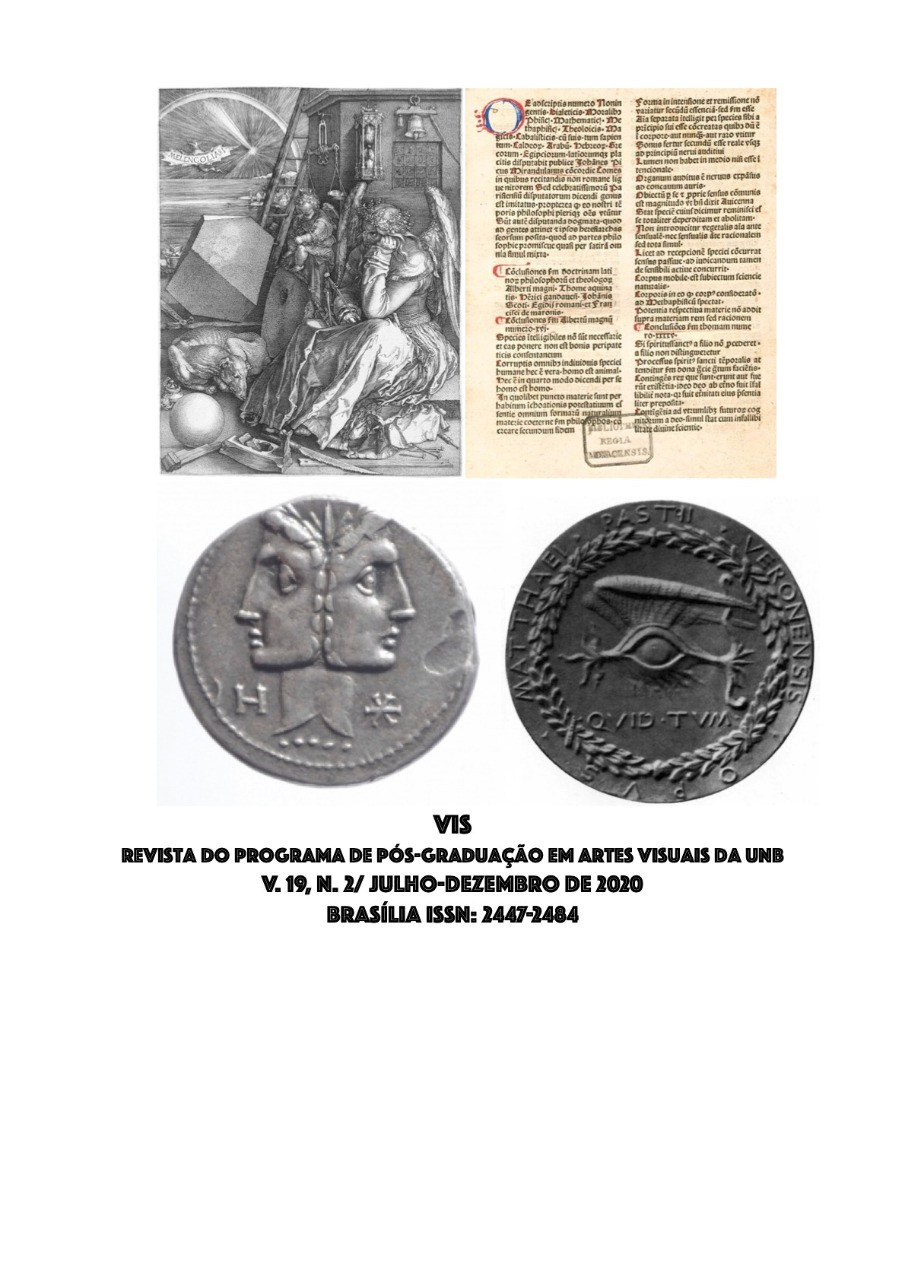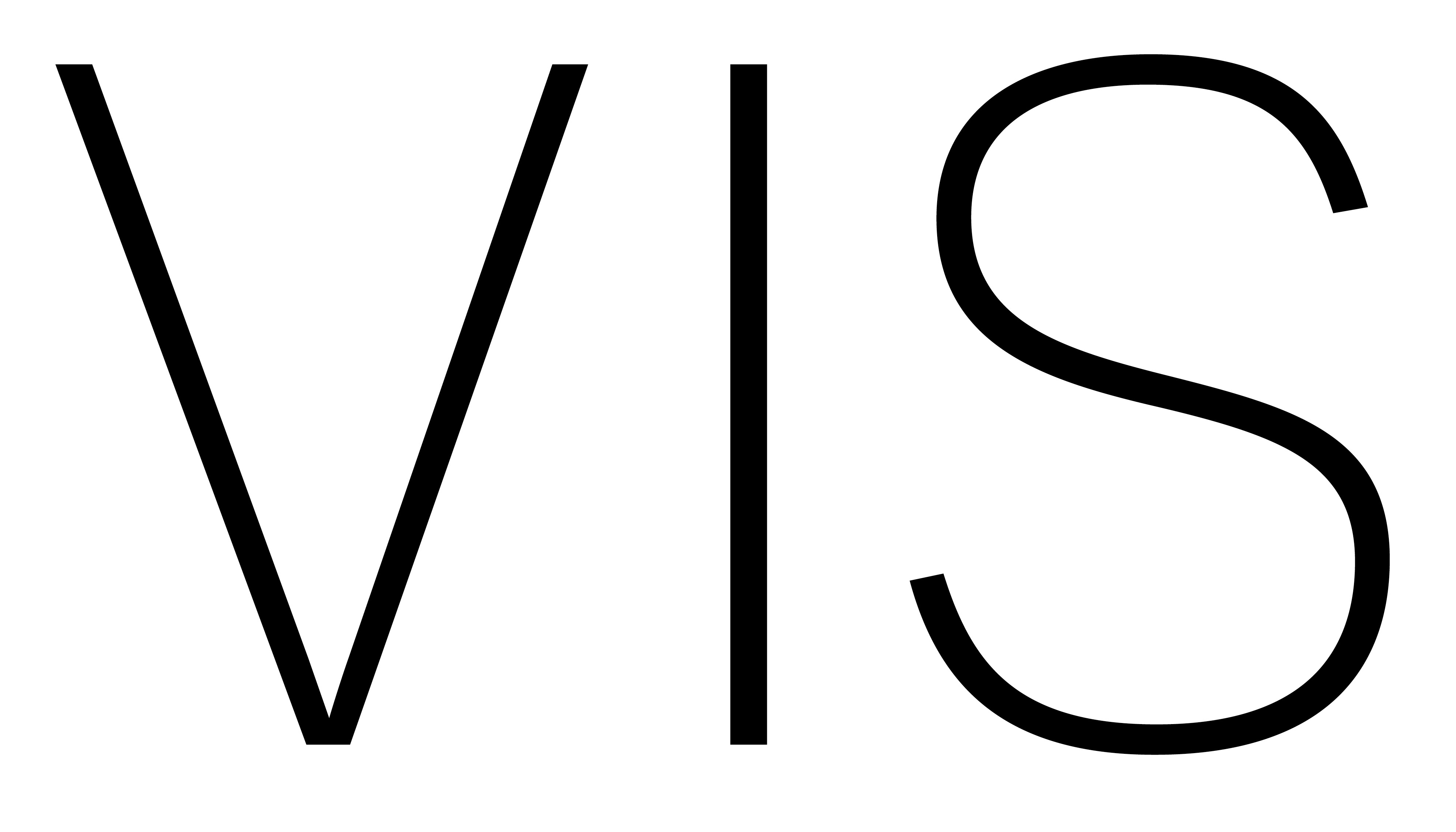UNA VARIEDAD (CASI) INFINITA
REPRESENTACIONES FEMENINAS EN TEXTOS PROMOCIONALES DE LEMCO 1880-1910
DOI :
https://doi.org/10.26512/vis.v19i2.35486Mots-clés :
Discurso publicitario y género. Publicidad de productos de la química aplicada. Liebig Extract of Meat Factory. Semiótica social. Recontextualización.Résumé
Sobre finales del S.XIX, los avisos publicitarios de productos de higiene y nutrición se multiplican al ritmo vertiginoso en que se producen novedosos y “revolucionarios” productos, como el emblemático “extracto de carne”. Fuertemente orientados a la mujer como consu, estos avisos no sólo promocionan una marca sino también (re)producen identidades. En este trabajo analizo desde una perspectiva socio-semiótica cómo la publicidad impresa en medios de prensa de Liebig’s Extract of Meat recontextualiza identidades de género a primera vista dispares que sin embargo constituyen distintas facetas de una identidad en evolución.
Téléchargements
Références
Amalancei, B. (2012). Argutie et publicité. The scientific Journal of Humanistic Studies, 7(Year 4, No7), 208-214.
Boréus, K., & Bergström, G. (Eds.). (2017). Analysing text and discourse. Eight approaches for the Social Sciences. London: Sage.
Brock, W. (1997). Justus von Liebig. The chemical gatekeeper. Cambridge: Cambridge University Press.
Ciarlo, D. (2011). Advertising Empire. Race and visual culture in Imperial Germany. Cambridge, Mass & London: Harvard University Press.
Cook, G. (1996). The discourse of advertising. London: Routledge. Bartholomew, M. (2007). Advertising in the Garden of Eden. Buff. L. Rev., 55, 737.
Danesi, M. (2013). Encyclopedia of media and communication. University of Toronto Press.
Finlay, M. R. (1992). Quackery and cookery: Justus von Liebig's extract of meat and the theory of nutrition in the Victorian age. Bulletin of the History of Medicine, 66(3), 404. Caldas-Coulthard, C. R. (2008). Body branded: Multimodal identities in tourism advertising. Journal of language and politics, 7(3), 451-470.
Goffman, E. (1956). The presentation of self in everyday life. In. Edinburgh: University of Edinburgh.
Hobsbawm, E. (1987). Age of Empire: 1875-1914. New York: Random House.
Hogarth, W. (1753). The analysis of beauty: Written with a view of fixing the fluctuating ideas of taste. Georg Olms Verlag. Disponible en https://archiv.ub.uni-heidelberg.de/artdok/1217/1/Davis_Fontes52.pdf acceso 22/11/2020.
Jones, R. H., Chik, A., & Hafner, C. A. (2015). Discourse and Digital Practices: Doing Discourse Analysis in the Digital Age: Routledge.
Koll-Stobbe, A. (1994). Message merchants: cognitive aspects of advertising cultural discourse. Linguistica, XXVIII(3-4), 385-398.
Liebig, J. (1859). Familiar letters on chemistry: in its relations to physiology, dietetics, agriculture, commerce, and political economy: Walton and Maberly.
Loeb, L. A. (1994). Consuming Angels: Advertising and Victorian Women: Oxford University Press New York.Coleman, S., & Ross, K. (2010). The media and the public. London: Blackwell.
Matheson, D. (2005). Media discourses. Analysing media texts. London: Open University Press.
Morgan, S. (2007). A Victorian woman's place: public culture in the nineteenth century (Vol. 40): IB Tauris.
Schudson, M. (2000). Advertising as Capitalist Realism. Advertising & Society Review, 1(1).
Taylor, M. (1892). Letters to a young housekeeper. London: Sampson Low, Marston, & Co.
Wicke, J. (1988). Advertising fictions: literature, advertisement & social reading. New York: Columbia University Press.
Williams, G. (2018). Politics and Aesthetics of the Female Form, 1908-1918: Springer.
Wodak, R., & Meyer, M. (Eds.). (2009). Methods for critical discourse analysis. London: Sage.




